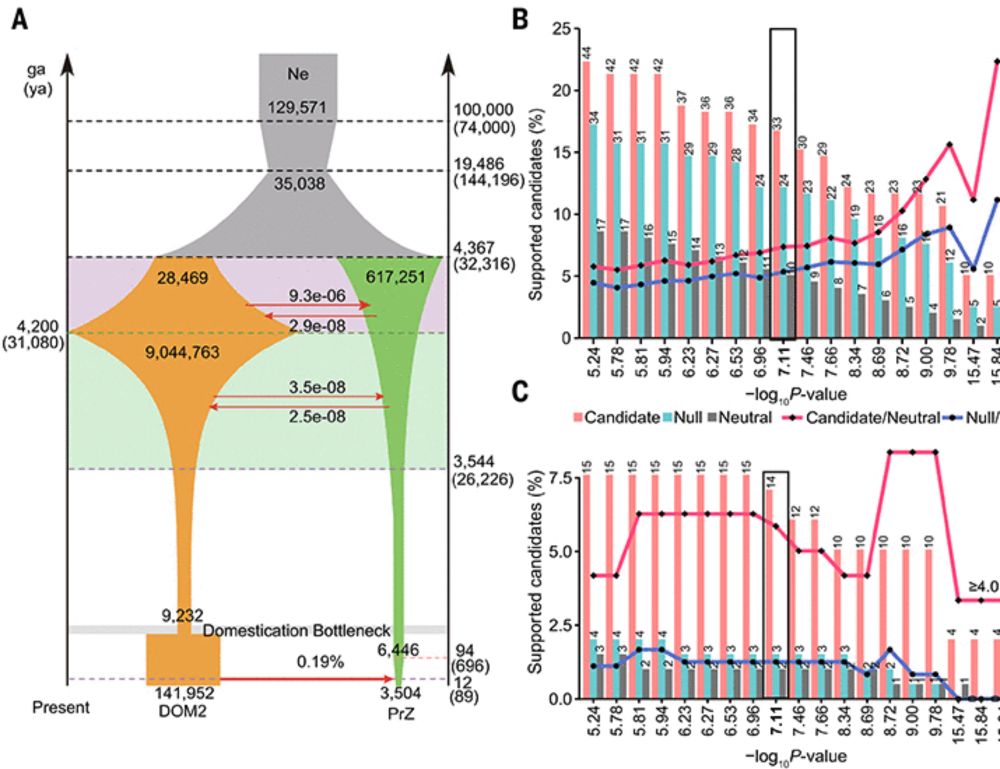Garry Peterson
@resiliencesci.bsky.social
3.2K followers
1.3K following
800 posts
Director FinBio.org
Professor of Environmental Science
with focus on Resilience in Social-Ecological Systems
Stockholm Resilience Centre, Stockholm University stockholmresilience.org
projects:
regimeshifts.org
biospherefutures.net
goodanthropocenes.net
Posts
Media
Videos
Starter Packs
Pinned
Reposted by Garry Peterson
Reposted by Garry Peterson
Reposted by Garry Peterson
Reposted by Garry Peterson
Reposted by Garry Peterson


























